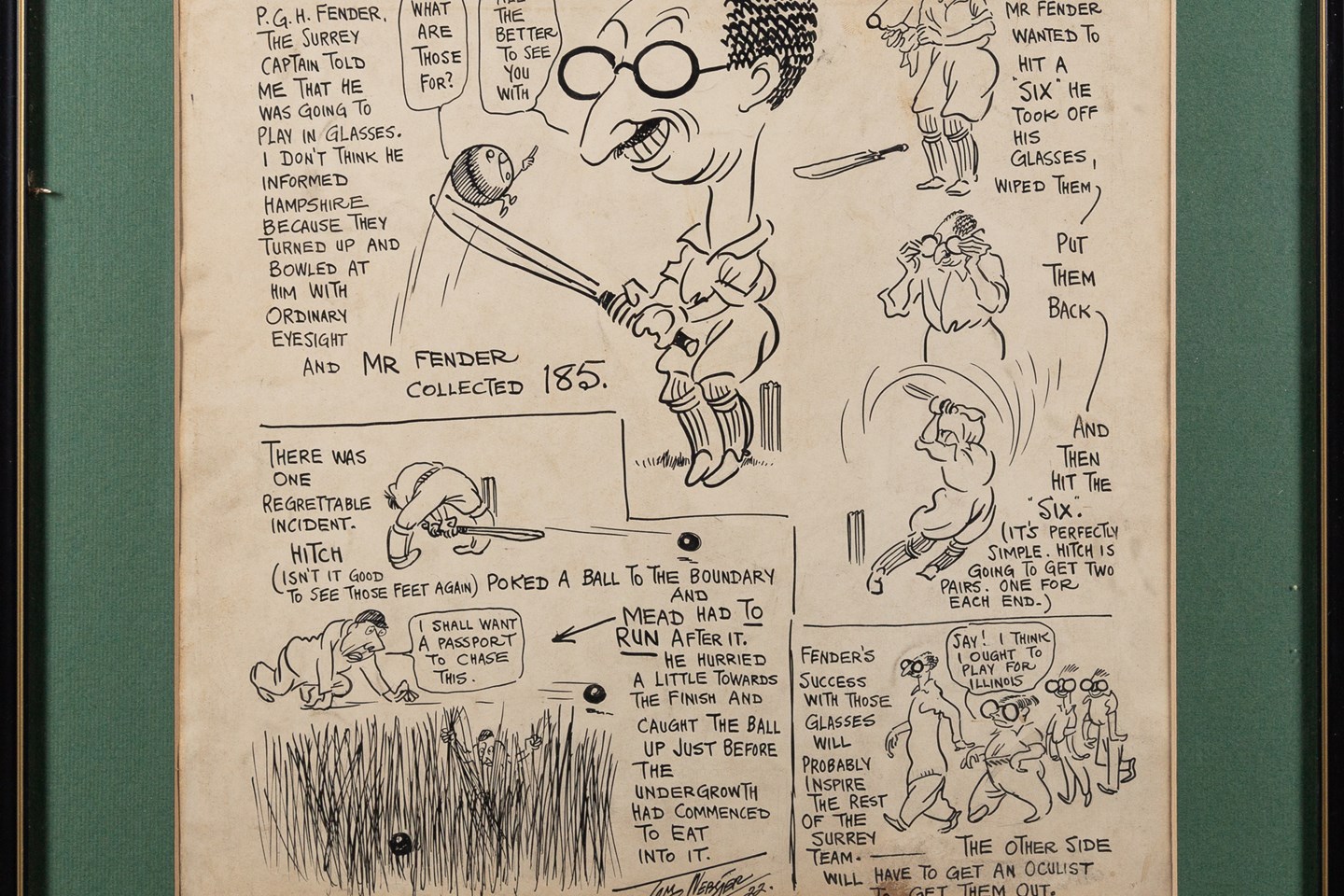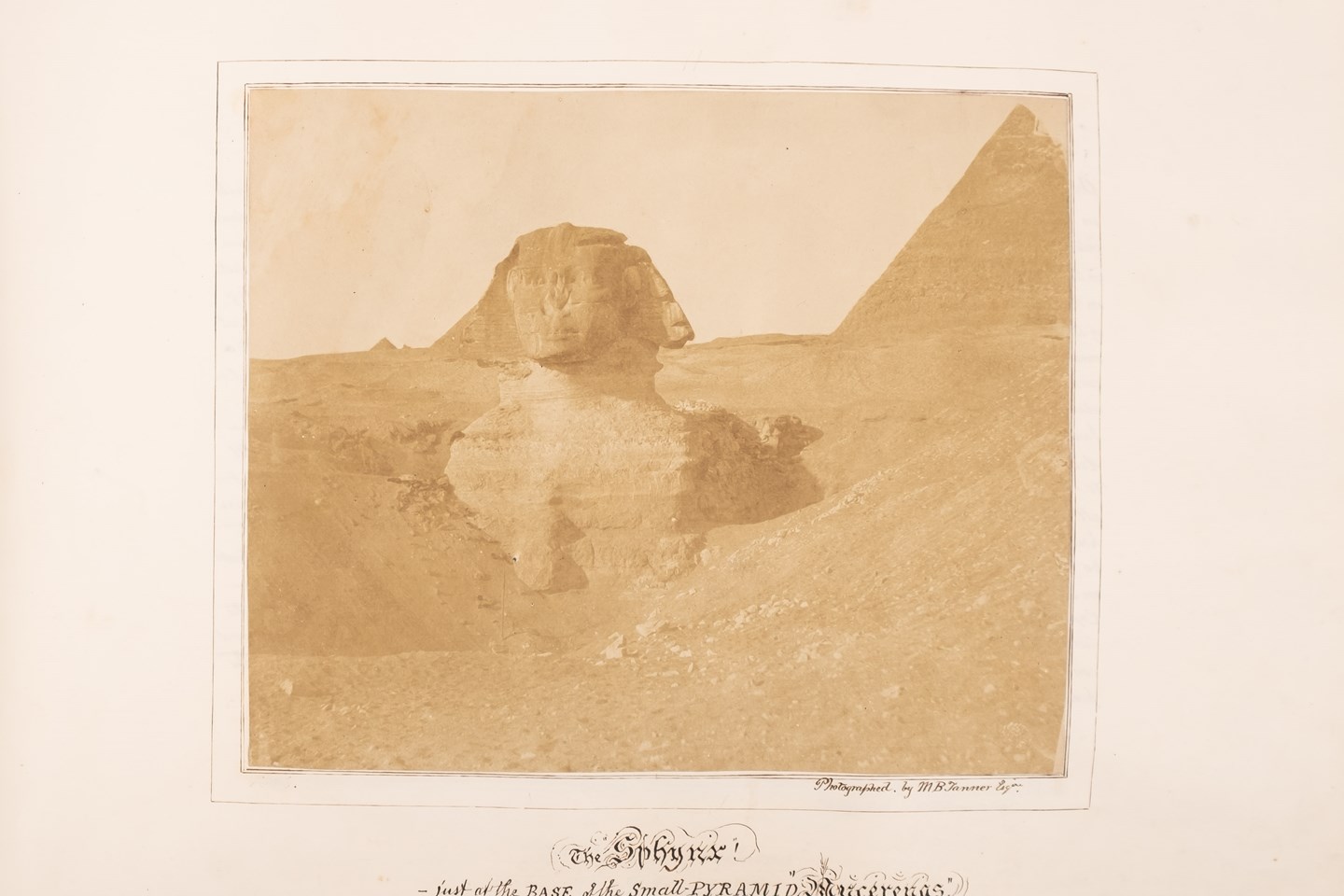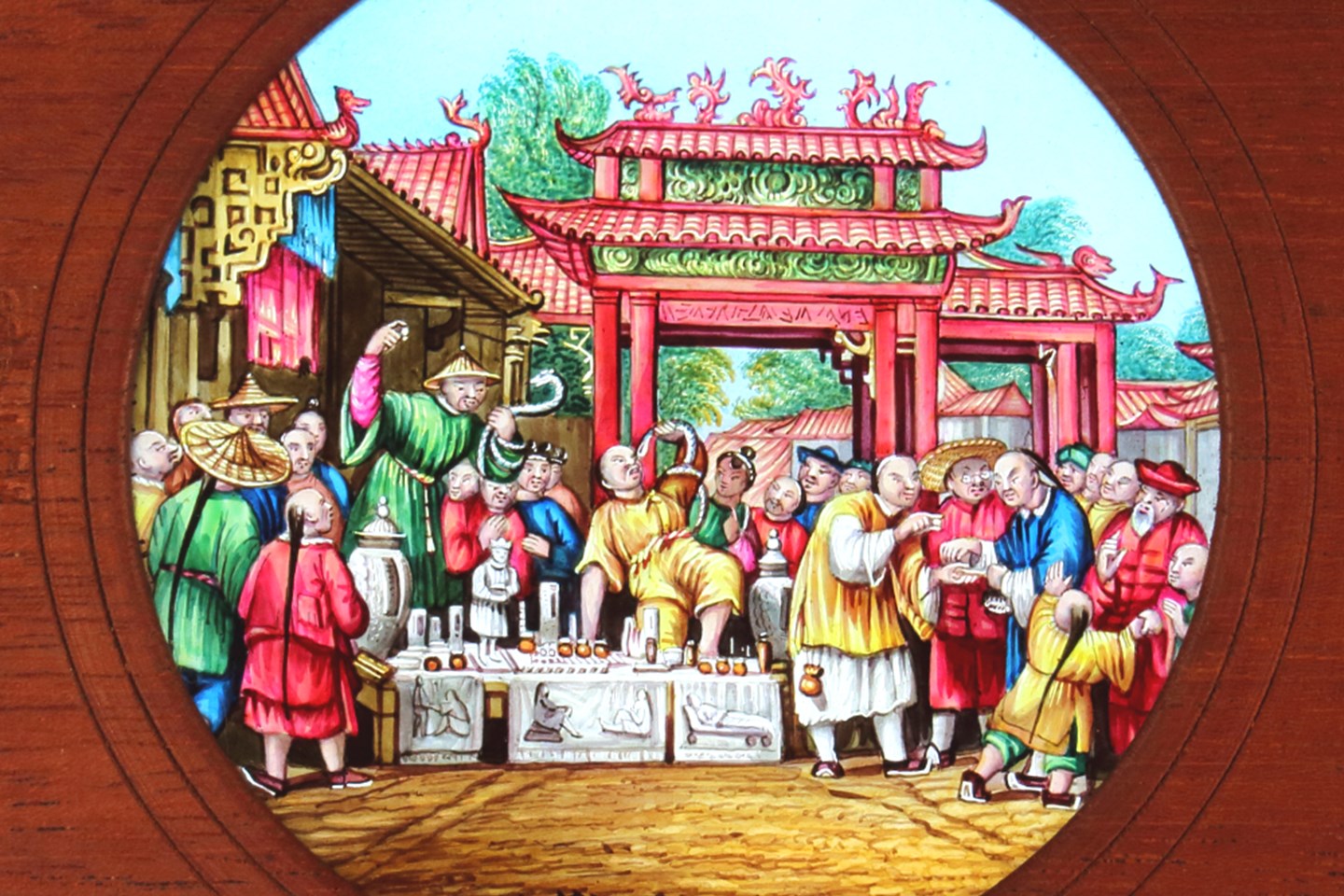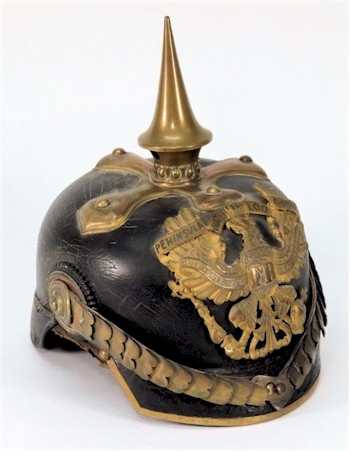
An Imperial German Officers Pickelhaube with Hanoverian Field Artillery Wappen (SC20/359), which is being sold in the Sporting and Collectors Sale on 25th/26th February 2015 in our Exeter salerooms and online through our live bidding platform partners.
As the down turn in demand for 'traditional antiques' continues, the growing collectors market still continues to lead the way for the younger generation of buyers. You could say 'out with the old and in with the (new) old' as Victorian tea sets and Edwardian wardrobes are being replaced with toys, collectables and militaria. The forthcoming Sporting and Collectors Sale of 25th/26th February 2015 at our Exeter salerooms is a perfect example of the broad range of this new market, with over 1,300 lots included in the sale.
As you can imagine, it certainly takes some time to catalogue all of these items, but it is even harder than you think when you start to research the history and provenances of the items in front of you.
Included in the sale are many things that will spark a nostalgic recognition from most people in some way, either they owned one of the pieces as a child or have fond memories of a family member possessing one. Included within the militaria section of the sale are a number of WWI period pickelhaubes, instantly recognisable as the iconic symbol of German troops during the Great War. However, how many people realise that the picklehaube shares its origins with another iconic headpiece include in the sale, the Merryweather fireman's helmet?
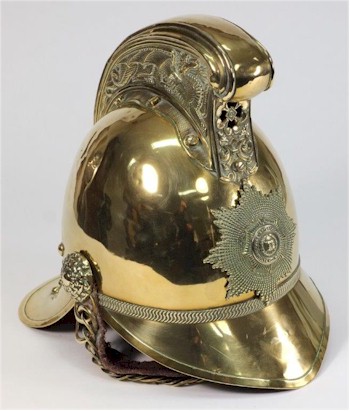
An Edwardian Brass Merryweather Pattern Fireman's Helmet (SC20/543), which carries a pre-sale estimate of £700-£900.
The pickelhaube was designed by King Frederick William IV of Prussia in 1842 and was quickly adopted by the neighbouring states, while the Merryweather design was introduced in 1868 to replace the earlier 1833 pattern leather helmet. Though they may not look alike, they were both based upon the early French army cuirassiers helmets of the 16th and 17th century.
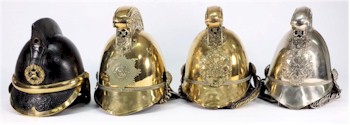
A selection of helmets (from left to right: SC20/545, SC20/543, SC20/542 , and SC20/544).
Originally the first light armoured cavalry of the 15th and 16th century, the cuirassier’s armour was eventually reduced down to the breastplate and helmet that can still be seen as ceremonial dress today. Even the Royal Household Cavalry have a variation of the helmet which is topped by a plume rather than a spike, and the British army blue cloth helmets of the 19th century share many similarities with the picklehaube.
It is this type of history that makes the Sporting and Collectors Sale sale to deal with, and you can begin to understand the appeal for buyers and collectors alike.
- Bearnes Hampton & Littlewood
- Sporting and Collectors Auctions





